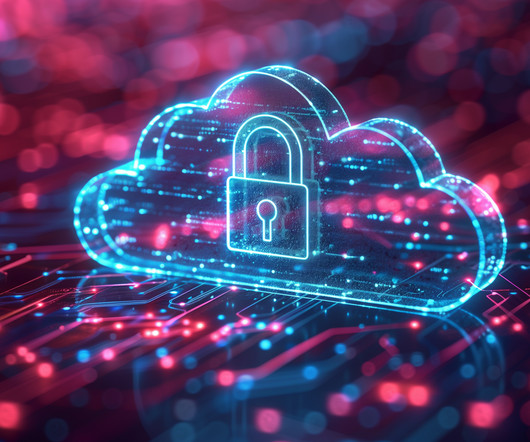2024 State of Cybersecurity: Reports of More Threats & Prioritization Issues
eSecurity Planet
MAY 2, 2024
Vendor reports note huge volume of attacks on local and public infrastructure, such as: CrowdStrike: Monitored hacktivist and nation-state distributed denial of service (DDoS) attacks related to the Israli-Palestinian conflict, including against a US airport. 50,000 DDoS attacks on public domain name service (DNS) resolvers.













Let's personalize your content